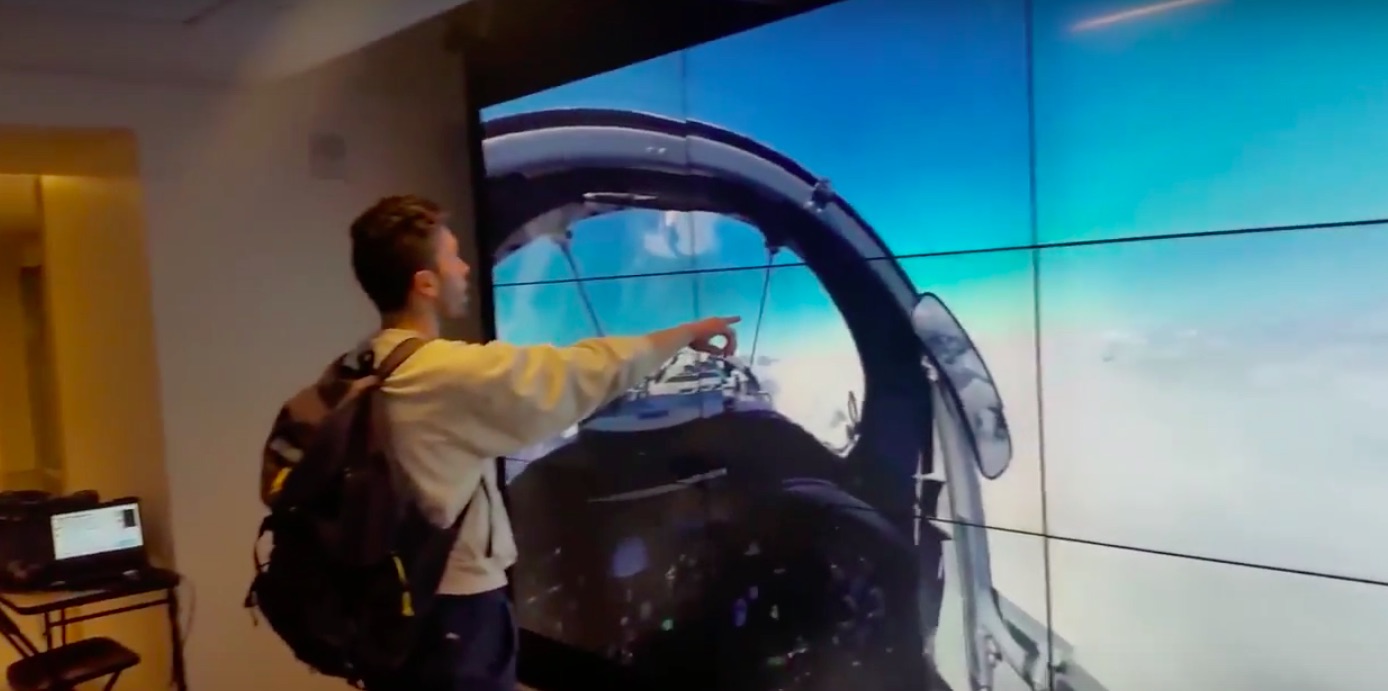Assignment 3: Team 360 Video
by Prof. Dan Pacheco
- August 27
- in
Focus:
Working with your assigned team, create and stitch a 360 video of at least one scene of at least one minute in length. The topic should be what your producer pitched, unless your team agreed to change the topic. If using more than one scene, use Adobe Premier or Final Cut Pro to join the stitched videos and apply a simple fade effect between them. Do not add text and other special effects.
How to Upload:
- Inject Youtube 360 metadata and upload that version to YouTube in the class account.
- Upload the metata-injected video to the class YouTube account.
- You should also upload the raw video to your G.syr.edu account and share a link with your professor. After we have reviewed and approved the content we will post the 360 to the interactive media wall.
How to Turn it In: The producer of the winning pitch should edit their blog posts and copy/paste/edit your revised idea directly below your first concept. Also, embed the the final YouTube video in the post, and give credit to every member of the team in both the YouTube description and the post. Each team member should copy and paste that final blog post into the assignment in Blackboard to receive credit.
Due: Sunday, Feb. 18 by midnight. We will review and critique submissions in Wednesday's class.


COMMENTS